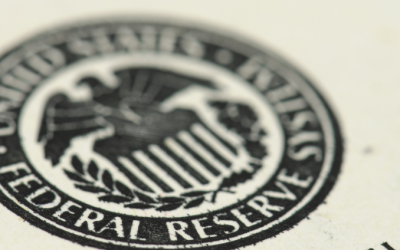
While anecdotal evidence points to industry improvement in hiring and retention, we polled hundreds of distributors about their turnover rate over the past year across leadership/management and frontline roles.

While anecdotal evidence points to industry improvement in hiring and retention, we polled hundreds of distributors about their turnover rate over the past year across leadership/management and frontline roles.









We benchmarked the results of a large-scale poll on distributors’ AI usage against that of a year earlier, and the findings were eye-opening. This piece examines the comparative results.


Despite the month-to-month regression for 2024 and 2025, full-year revenues are still expected to outperform the U.S. GDP by a healthy margin.









By providing your email, you agree to receive announcements from us and our partners for our newsletter, events, surveys, and partner resources per MDM Terms & Conditions. You can withdraw consent at any time.
Wholesale distribution news and trends delivered right to your inbox.
Sign-up for our free newsletter and get:
